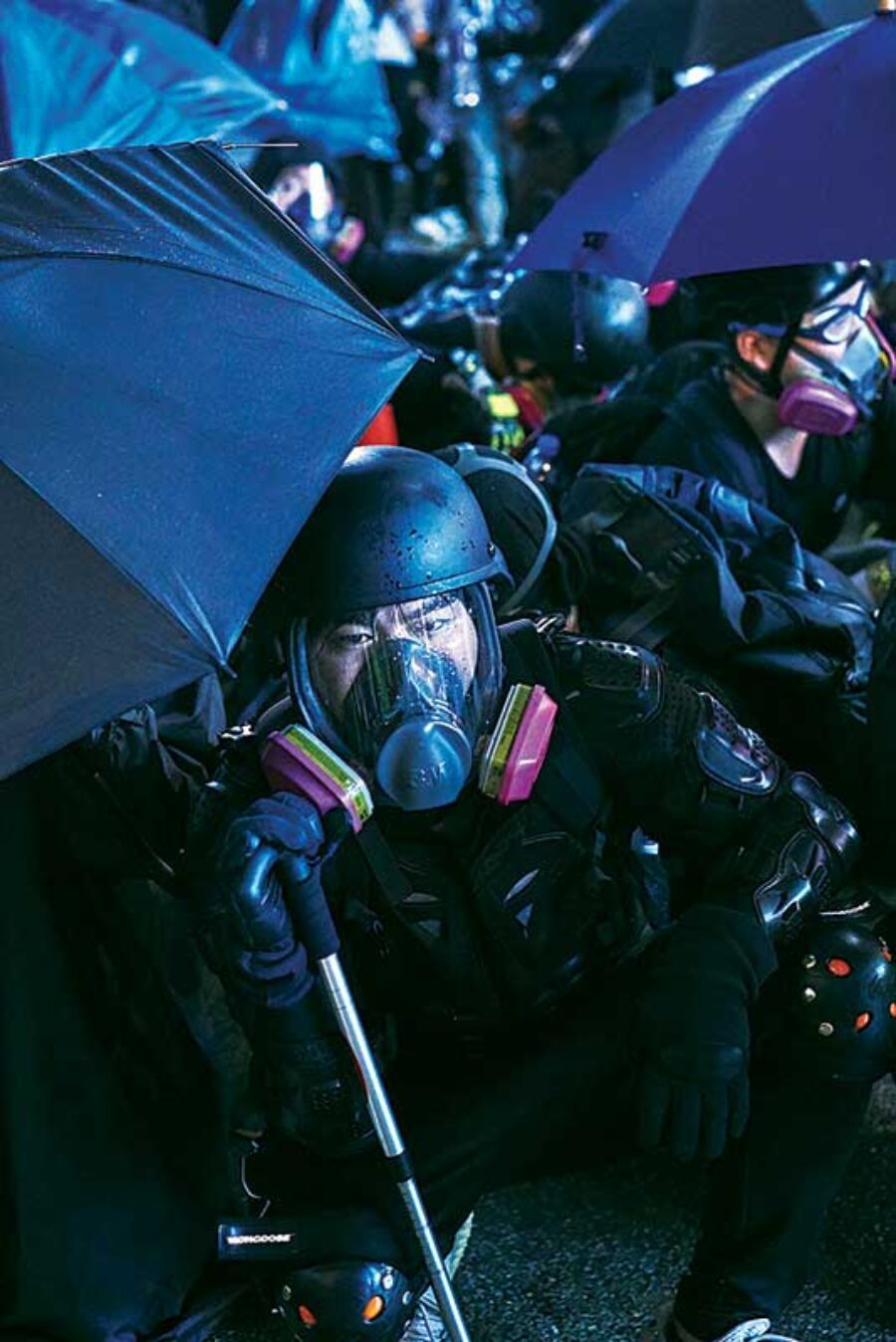Dream State

Frontline protesters in Causeway Bay, Hong Kong, August 31, 2019 © An Rong Xu/Redux.
At noon, on the third Sunday in October, I boarded a ferry to cross Victoria Harbor. It was a trip I’d taken countless times before—an eight-minute journey through sea breeze, clapping waves, and the odor of salt water and diesel. Eight minutes to get from Central, Hong Kong’s financial district, to Tsim Sha Tsui, the southern tip of the city’s main landmass, which connects it to the rest of China. I was on my way to a protest, taking the ferry because, for the first time that I could remember, the trains had shut down. “Please note,” said a…






































































































